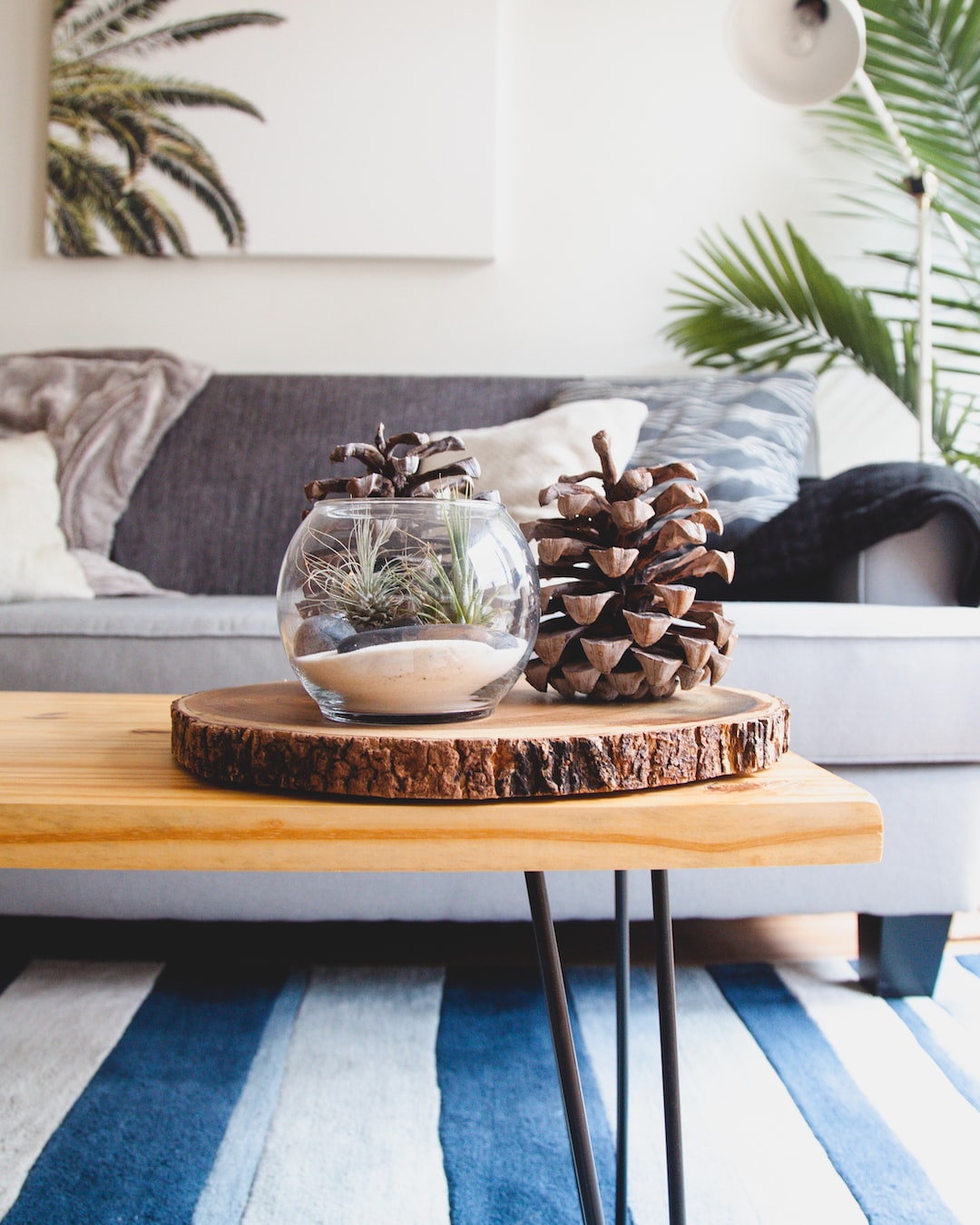Container gardening is a popular choice for people who want to grow plants but don’t have the space or resources for a traditional garden. It’s an ideal way to create a mini-garden on patios, balconies, porches or even indoors. With container gardening, you can grow vegetables, herbs, flowers and other plants that thrive in smaller spaces.
If you’re looking to start your own container garden, here are some basics to get you started.
Choosing the Right Container
Containers come in a variety of materials such as clay, ceramic, plastic, metal and wood. Choose a container that matches your style and fits the size and type of plant you want to grow. Make sure each container has drainage holes to prevent water from accumulating and causing root rot. It is also possible to purchase self-watering containers that allow for extra moisture and nutrients to reach the plant.
Selecting the Right Soil
Plants depend on soil for nutrients, moisture, and air. Soilless potting mixes that contain peat moss, vermiculite, and perlite are a great choice when growing plants in containers. They are lightweight, have good drainage and can hold moisture and nutrients for longer periods of time. While traditional garden soil is not recommended, you can mix it with sand or perlite to create a drainable soil mixture.
Choosing the Right Plants
Almost any plant can grow in containers, but some are better suited than others. Before choosing the plants, consider the size of the pot, the amount of light the plants need and how much maintenance the plants require. Consider growing plants such as herbs, lettuce, radishes, strawberries, cherry tomatoes and other small vegetables as they grow well in small containers and are easy to maintain.
Providing the Right Amount of Water
Most container plants need regular watering, especially during the hot summer months. Make sure to keep the soil evenly moist but not too wet or dry. Watering the plants from the bottom by setting the pot in a tray of water can help prevent over-watering. Remember to focus on watering the soil and not the plant leaves.
Providing the Right Amount of Sunlight
Almost all plants need sunlight to grow and thrive. Most vegetables and herbs need at least 6-8 hours of direct sunlight to grow and produce fruits or leaves. Consider the sunlight conditions on your balcony, porch or patio before choosing the type of plant.
Adding Fertilizer
Plants that grow in containers need to be fertilized more frequently compared to ones grown in traditional gardens. Use a liquid fertilizer every two weeks or a slow-release granular fertilizer that can last for up to 3 months. Both organic and chemical fertilizers are available, so choose the appropriate fertilizer based on the type of plant.
Conclusion
Container gardening is an excellent choice for anyone looking to grow plants in small spaces. By following these basics, you can create your own mini-garden that not only looks beautiful but can also provide fresh vegetables, herbs, and flowers. With some dedication and patience, a container garden can be an enjoyable and rewarding experience for anyone.
